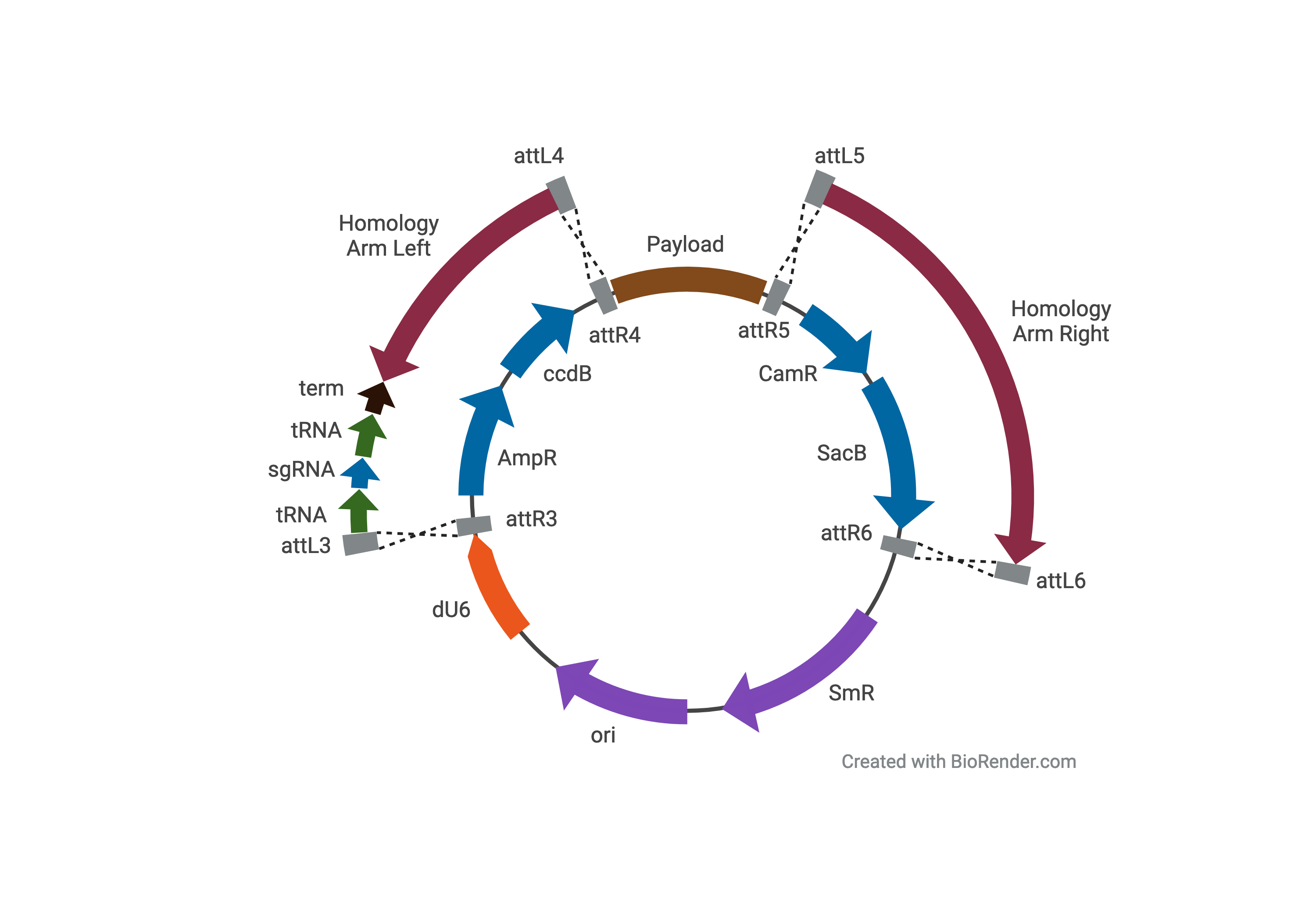Main Menu (Mobile)- Block
- Overview
-
Support Teams
- Overview
- Anatomy and Histology
- Cryo-Electron Microscopy
- Electron Microscopy
- Flow Cytometry
- Gene Targeting and Transgenics
- High Performance Computing
- Immortalized Cell Line Culture
- Integrative Imaging
- Invertebrate Shared Resource
- Janelia Experimental Technology
- Mass Spectrometry
- Media Prep
- Molecular Genomics
- Primary & iPS Cell Culture
- Project Pipeline Support
- Project Technical Resources
- Quantitative Genomics
- Scientific Computing
- Viral Tools
- Vivarium
- Open Science
- You + Janelia
- About Us
Main Menu - Block
- Overview
- Anatomy and Histology
- Cryo-Electron Microscopy
- Electron Microscopy
- Flow Cytometry
- Gene Targeting and Transgenics
- High Performance Computing
- Immortalized Cell Line Culture
- Integrative Imaging
- Invertebrate Shared Resource
- Janelia Experimental Technology
- Mass Spectrometry
- Media Prep
- Molecular Genomics
- Primary & iPS Cell Culture
- Project Pipeline Support
- Project Technical Resources
- Quantitative Genomics
- Scientific Computing
- Viral Tools
- Vivarium
Atalanta plasmid technology
New DNA plasmids for modification of genomes by homology-directed repair
Overview:
Next-gen DNA plasmids (pJAT series) for CRISPR-Cas9 genome modification using homology-directed repair (HDR)—originally developed for Drosophila, adaptable to other organisms.
Key Benefits:
-
High HDR Efficiency: ~25% efficiency in injected eggs—significantly higher than traditional methods.
-
One-Step Assembly: Combines dsDNA synthesis and Gateway cloning for rapid, simplified plasmid construction.
-
All-in-One Design: Includes long homology arms, high-expression sgRNA, and large payload capacity.
-
Modular & Customizable: Offers ready-to-use plasmids for common edits + empty vectors for tailored experiments.
-
Broad Use: Effective in model and non-model species; enables complex genome edits like chromosomal inversions.
Use Cases:
-
Targeted gene knock-ins
-
Insertional mutagenesis
-
Chromosomal rearrangements
Access & IP:
-
Available via Addgene for academics -- see the link at the upper right
-
Licensing available for commercial use
-
Patent pending (US 18/736,729)


